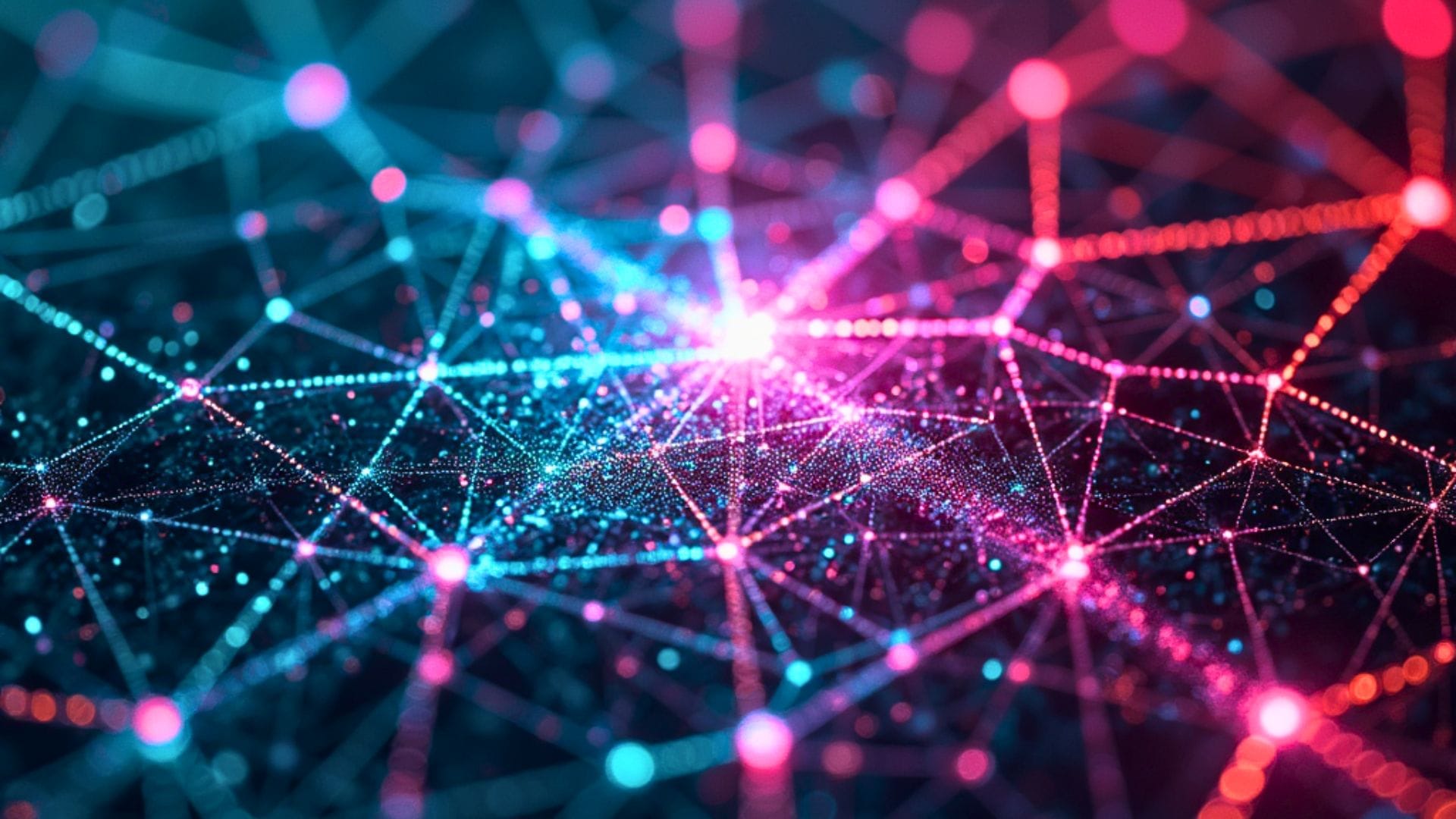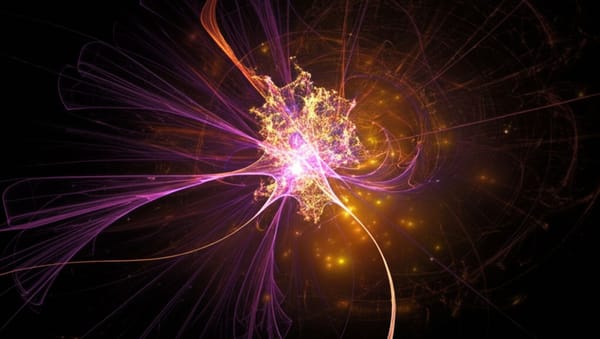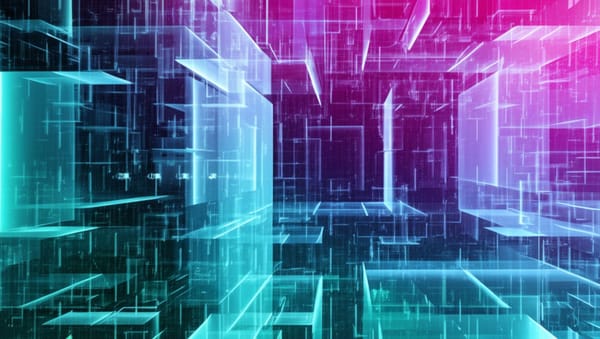The Counterintuitive Truth About AI Memory: Why 'Worse' Images Create Better Connections
"We started using more realistic models, and suddenly, the engagement dropped," explains Pau Garcia, founder of Domestic Data Streamers. "People felt less connected to the AI-generated memories when they looked more photorealistic. It was completely counterintuitive."
End of Miles reports that this unexpected discovery is reshaping how researchers approach the reconstruction of lost memories using artificial intelligence, particularly for refugees, migrants, and those with dementia.
The Memory Uncanny Valley
Garcia's team initially assumed, like most AI developers, that improved image quality would create better memory reconstruction experiences. Their project, Synthetic Memories, uses generative AI to recreate visual memories that have been lost due to war, political persecution, or neurological conditions.
But after two years of testing with diverse participants, the data showed something surprising: when AI images became too realistic, the emotional connection diminished.
"It's not the factual accuracy of an image that brings this connection, but the emotional embedding," Garcia observed. "Whenever something is super realistic, you try to find the things that were not exactly like you remember. While with something more blurry and abstract, you focus on the symbolic representation." Pau Garcia, Domestic Data Streamers
This paradox mirrors how human memory itself functions—not as a perfect recording but as a patchwork of key details filled in by reconstruction.
Vessels for Projection
The Barcelona-based researcher now describes these AI-generated memories not as photographic reproductions but as "vectors of memory"—symbolic portals that connect people to their past experiences rather than literal representations.
The studio's early experiments with memory reconstruction used less advanced AI models, producing dreamlike, somewhat abstracted images. When they upgraded to newer, more photorealistic systems, participant satisfaction unexpectedly declined.
"Our memory remembers a couple of things from a situation, and then every time we recall it, we reconstruct the rest. Early AI models work similarly—they do probabilistic imagination. When they are more blurry, they focus on the specific elements you mentioned were important." The Domestic Data Streamers founder
Implications Beyond Memory
This finding challenges fundamental assumptions about AI development, where technical progress is typically measured by how realistic or accurate outputs become. For memory reconstruction, at least, the most advanced isn't necessarily the most effective.
The design team discovered that imperfect images create space for personal interpretation—allowing people to project their own emotional understanding onto the AI-generated scene. When images become too defined, this space for personal connection diminishes.
The research also offers insights into how artificial systems might better complement human cognition rather than attempting to replicate it perfectly. As AI continues to evolve, Garcia's work suggests that sometimes deliberate technical limitations can create more meaningful human-computer interactions.
"When you do something more blurry and undefined, more abstract, you understand that this is not a photo of the moment. Instead of an image or a photograph, we are creating an image that works as a vector of memory." The AI researcher
For industries rushing toward photorealism in AI, the lesson is clear: sometimes, the most human experience comes not from perfect simulation, but from leaving space for the mind to complete the picture.





